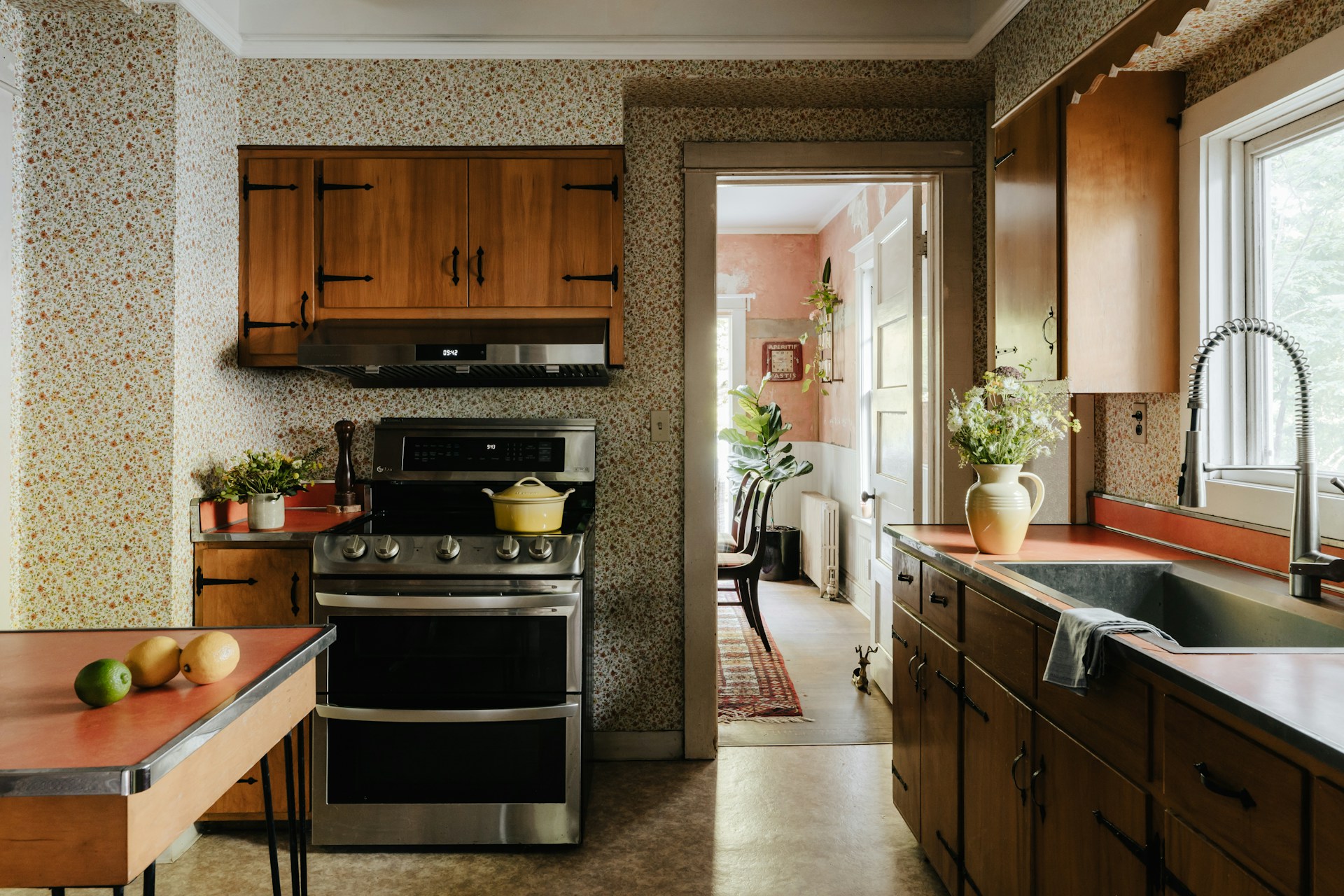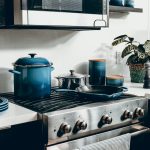In the heart of every home, the kitchen serves as the place where meals are prepared, family gatherings are held, and memories are made. Preserving the timeless design of a vintage kitchen while also saving on energy consumption is a worthy goal. You can indeed make your classic UK kitchen more energy-efficient without compromising its original charm. This article offers a range of practical ideas and tips to help you achieve a perfect blend of appealing, vintage design, and modern, energy-efficient technology.
1. Energy-Efficient Appliances
Channelling the charm of a vintage kitchen does not necessarily mean sticking with outdated appliances. Old kitchen appliances not only look worn-out but are also typically energy hogs. Swapping them out can save a significant amount of energy and money over time.
Also read : What are the best UK-sourced ingredients for gourmet cooking?
When shopping for new appliances, look for the energy star rating. The higher the star rating, the more energy-efficient the appliance will be. So, replacing your old refrigerator, dishwasher, or oven with a newer, energy-star-rated model will certainly help to reduce your overall energy consumption.
Another effective way to make your kitchen more energy-efficient is to choose appliances of the right size. For instance, if you usually cook for just a couple of people, you do not need a six-burner stove. A smaller stove will consume less energy and still serve your needs.
This might interest you : What are the best UK-sourced ingredients for gourmet cooking?
2. Sustainable Kitchen Furniture and Cabinets
Your choice of kitchen furniture and cabinets can also contribute to the overall energy efficiency of your kitchen. Opt for sustainable materials, as they are not only eco-friendly but can also add to the vintage charm of your kitchen.
Many furniture makers in the UK are now producing pieces from reclaimed wood, which is a fantastic way to add character to your kitchen while also reducing your carbon footprint. You can also consider painting your cabinets instead of replacing them. This can not only give them a fresh, new look but also save energy as it requires less manufacturing and transportation.
Choosing furniture and cabinets with a lighter colour can also make your kitchen more energy-efficient. They reflect more light, reducing the need for artificial lighting.
3. Efficient Lighting Ideas
Lighting plays a vital role in creating the right ambience in your kitchen and can also significantly affect its energy efficiency. Swapping out your existing light bulbs for LED or energy-saving bulbs is a simple and inexpensive way to cut down on your energy bills.
Consider using task lighting, especially for areas where you do most of your prep work. This targeted lighting approach helps reduce the need for overall room lighting, thus saving more energy.
Good use of natural light can also significantly reduce your need for artificial lighting. Think about installing a skylight or enlarging your windows. That will not only brighten up your kitchen but also make it look bigger and more inviting.
4. Smart Kitchen Design
A smart kitchen design can help improve the efficiency of your kitchen, thus saving you time and energy. Think about the arrangement of your appliances and furniture. For instance, placing your refrigerator next to your oven can cause it to work harder to keep cool, thus consuming more energy.
Consider creating a kitchen work triangle – the optimal placement of the stove, refrigerator, and sink. This time-tested design principle can help reduce unnecessary movements and save time and energy.
Also, think about how you use your kitchen. If it serves as more than just a place to cook, consider creating zones. For instance, you can have a prep area, a cooking area, and a clean-up area. This will make your kitchen more organized and efficient, hence saving energy.
5. Water and Heat Savings
Last but not least, consider how you can save water and heat in your kitchen. For water savings, consider installing a low-flow faucet, which will use less water but still provide the pressure you need. Also, make sure to fix any leaks promptly, as a single dripping tap can waste significant amounts of water over time.
For heat savings, consider proper insulation of your kitchen. This can help keep the heat in during winter, reducing your heating bills. Also, consider using your oven strategically. For instance, you can bake several dishes at once or use the residual heat for warming up other meals. This will help make the most out of the energy your oven consumes.
6. Smart Heating Systems
Beyond appliances, a significant way to render your vintage UK kitchen more energy-efficient is by upgrading your heating system. Traditionally, many older UK homes utilise gas or oil-fired boilers for their heat. However, these systems are not the most energy-efficient options available today.
One superior alternative is a heat pump. Heat pumps extract warmth from the outside air or ground and amplify it to heat your home. These systems are incredibly efficient, especially when compared to traditional boilers. While these systems might require an initial investment, they can reduce your heating bills by up to 50%.
To further increase the energy efficiency of your heating system, consider installing a smart thermostat. A smart thermostat allows you to control your heating system remotely and adapt it to your daily routine. This way, you won’t be heating your kitchen when you don’t need to, resulting in significant energy savings.
7. Sustainable and Stylish Materials
When it comes to renovating a kitchen while preserving its vintage charm, the type of materials used plays a significant role. Opting for sustainable and durable materials can not only reduce your environmental impact but also enhance the overall look of your classic kitchen.
Stainless steel is a fantastic option for your kitchen countertops and appliances. It’s durable, recyclable, and gives a timeless appeal to any kitchen design. For your floors, consider using cork or bamboo. Both are sustainable alternatives to traditional hardwood and can bring warmth and character to your kitchen.
If you’re considering changing your kitchen sink, a Shaker kitchen sink made from fireclay can be a great choice. These types of sinks are made from natural materials and can last for decades, thus decreasing the need for replacement and consequently saving energy.
Conclusion:
While it may seem challenging to balance between preserving the vintage appeal of your kitchen and making it energy-efficient, it can be achieved with thoughtful planning and smart choices. By adopting energy-efficient appliances and lighting, using sustainable materials, and optimising your kitchen design and heating system, you can indeed create an eco-friendly kitchen that stays true to its classic roots.
Remember to be mindful of your water and heat usage. Install a low-flow faucet, fix any leaks promptly, and consider upgrading to a heat pump system or at least a smart thermostat to regulate your kitchen’s temperature. By doing these, you can significantly save energy and reduce your environmental impact without compromising the style and functionality of your vintage UK kitchen.
Above all, make sure that your adjustments not only make your kitchen more energy-efficient but also enhance your overall comfort and joy in using your kitchen. After all, the kitchen is not just a place for cooking—it’s where heartwarming meals are shared, stories are told, and memories are made.
Image credit: As an inspiration, take a look at this stunning but energy-efficient vintage UK kitchen [insert link here]. It beautifully balances between classic design elements, modern appliances, and eco-friendly features.






